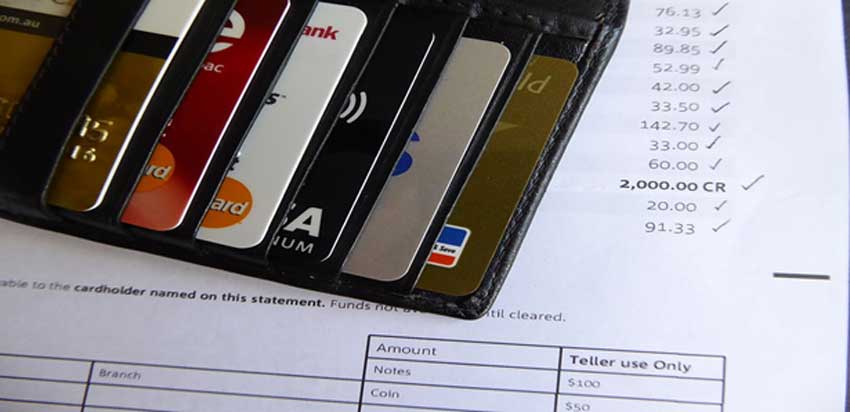When a business owner sits down to discuss the sale of his business with a potential buyer, he should keep in mind the various financial formulas that could eventually be applied to the operation. A financial expert would say that closing some deals requires “getting creative.”
Since the ideal situation of payment by "a single check" does not always materialize in all business transactions, we will analyze here two alternate cases.
Bank financing
The Great Recession that began in 2007 and began to subside in 2011 left a clear lesson for North American businessmen in relation to the use of bank credit. There were many stories of bankruptcies and even suicides generated by this fateful period in our economic history.
The mistrust of the business community, together with the government's restrictions on the financial activity of the banks, substantially reduced the dynamics of indebtedness that existed before the recession. Banking today feels comfortable only when it finances companies that have ample asset collateral, solid cash flow, good profit margins, and owners willing to provide personal guarantees.
Although the traditional banking formulas have gone into the background in business preferences, the programs of the Small Business Administration (SBA)) continue to drive innumerable small and medium-sized business projects. Thus, the limit for the SBA 7(a) loan program has been increased from $2 million to $5 million.
It is important to clarify that SBA credits are only accessible to US citizens and resident foreigners who have a "Green Card".
Seller Financing
Given the restrictions of the bank, the seller's credit appears as an excellent alternative to bring the sale of a business to a successful conclusion. Of course, this financing is viable only when the buyer of the business inspires confidence in the seller by virtue of his entrepreneurial ability and the guarantees that he can present. In a supposed operation of this nature, the buyer would pay, say, an initial installment of between 20% and 50% of the amount and would sign a promissory note for the difference in the purchase price.
The promissory note must stipulate the guarantees granted by the buyer and set the payment conditions. In operations of small and medium-sized companies, the term can range between 2 and 5 years and the interest rate between 5% and 10% per year.
Typically, the loan is secured with the assets of the business or with the shares, if it is a corporation. When seller-owned assets are encumbered, a UCC-1 financing statement (Uniform Commercial Code-1) must be filled out by him to attest publicly that the seller has a claim against the buyer (www.floridaucc.com).
The advantages of seller financing are multiple and benefit both parties. For the seller, because he can declare the capital gains tax in several fiscal years and can also enjoy higher interest rates than those of the financial market. For the buyer, because he can have a greater operational cash flow while his credit rating is not altered by not registering the transaction in the credit rating agencies.




